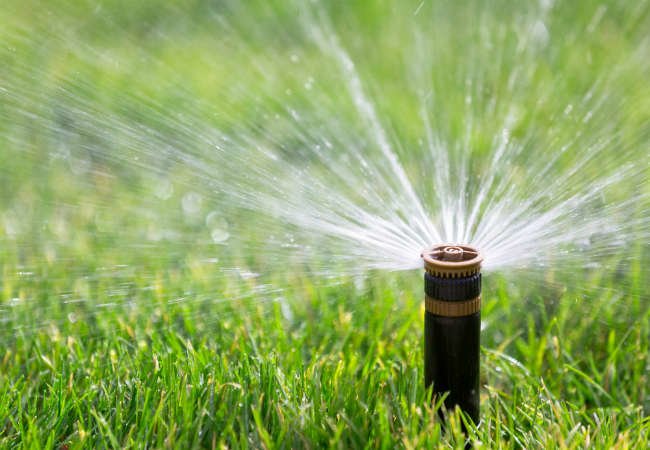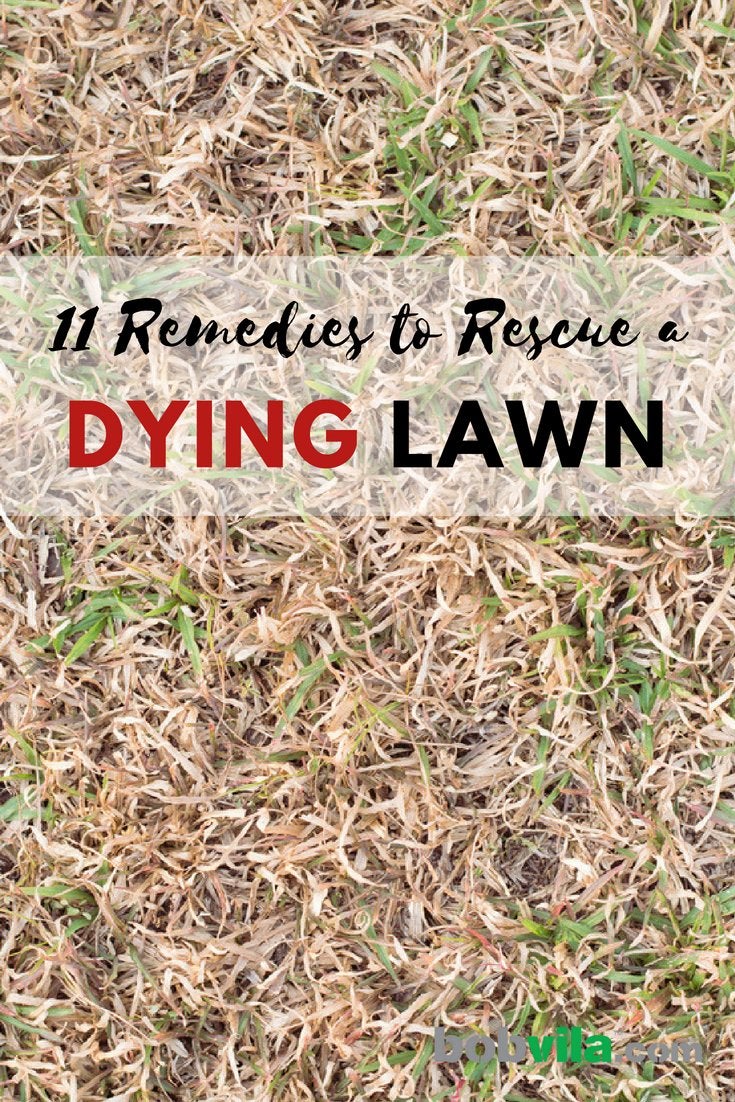We may earn revenue from the products available on this page and participate in affiliate programs. Learn More ›
Compost It
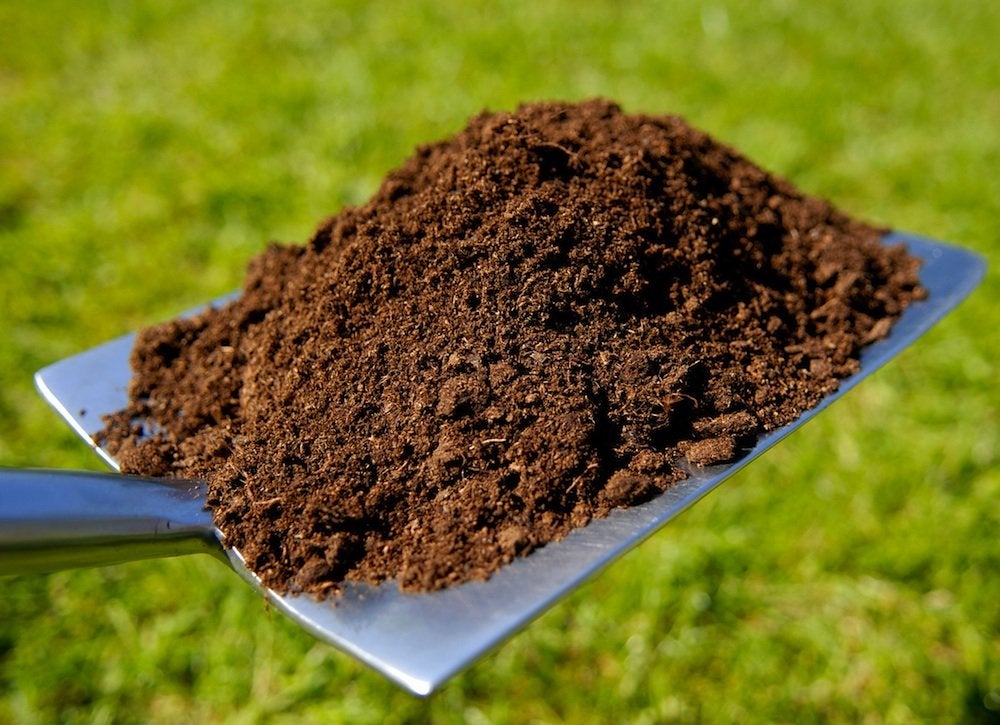
Lawns need more than regular watering; they need food as well. While synthetic fertilizers can fuel green growth, they simultaneously attract pests, which is worse in the long run. Instead, provide essential nutrients the natural way by laying down a layer of compost. This all-natural solution adds much needed organic matter back into the soil for healthier grass.
Epsom Salt

A simple soil test will help you determine the health of your soil. What you’re looking for is a neutral pH of 7, but if the results come back acidic, you’ll need to amend the soil for maximum nutrient availability. Here’s where a natural cure like epsom salt (available on Amazon) comes in handy. Despite its name, it is not actually salt, but rather a sulfate and magnesium compound—and it’s also a natural deterrent for pests. Apply with a lawn spreader or dilute in water to apply in a garden sprayer for a healthier lawn.
Related: How to Test Soil pH
Boiling Weeds
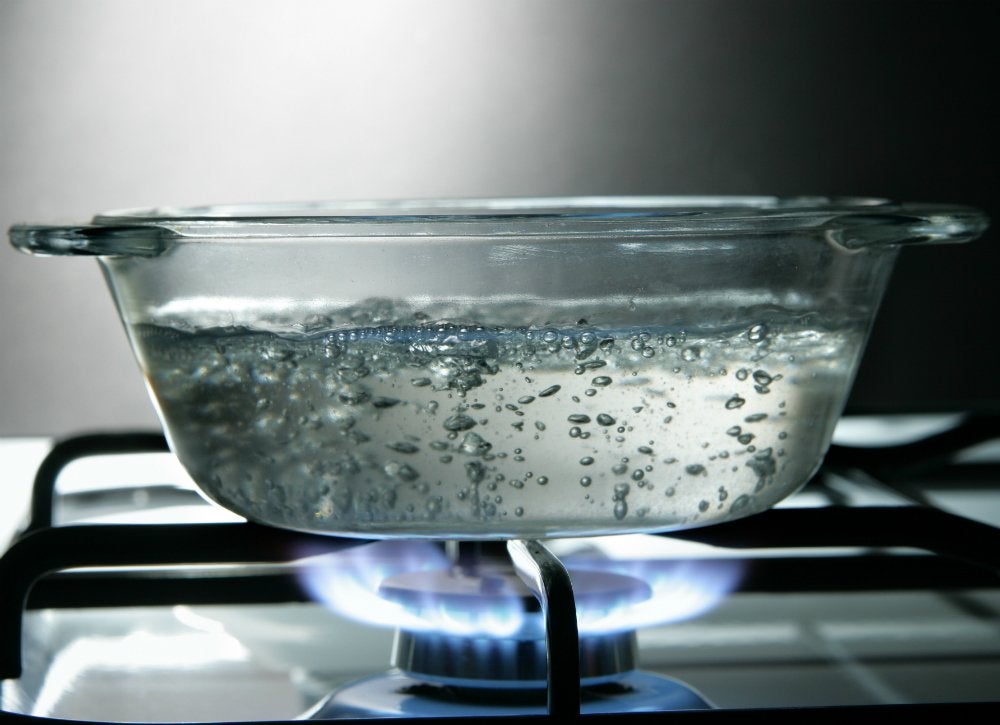
Serious weed infestations are a sign of poor soil, but even the healthiest lawns could benefit from some weed control. Hand pulling with a hand weeder tool (like this one, available on Amazon) works for young seedlings, but once a tap root is well established, you need to bring out the big guns. For a non-chemical approach, pour boiling water onto weeds. That will immediately, and irreparably, damage the leaves and they will begin to die off.
Related: Homemade Weed Killers and Preventative Treatments That Really Work
Mulching Leaves
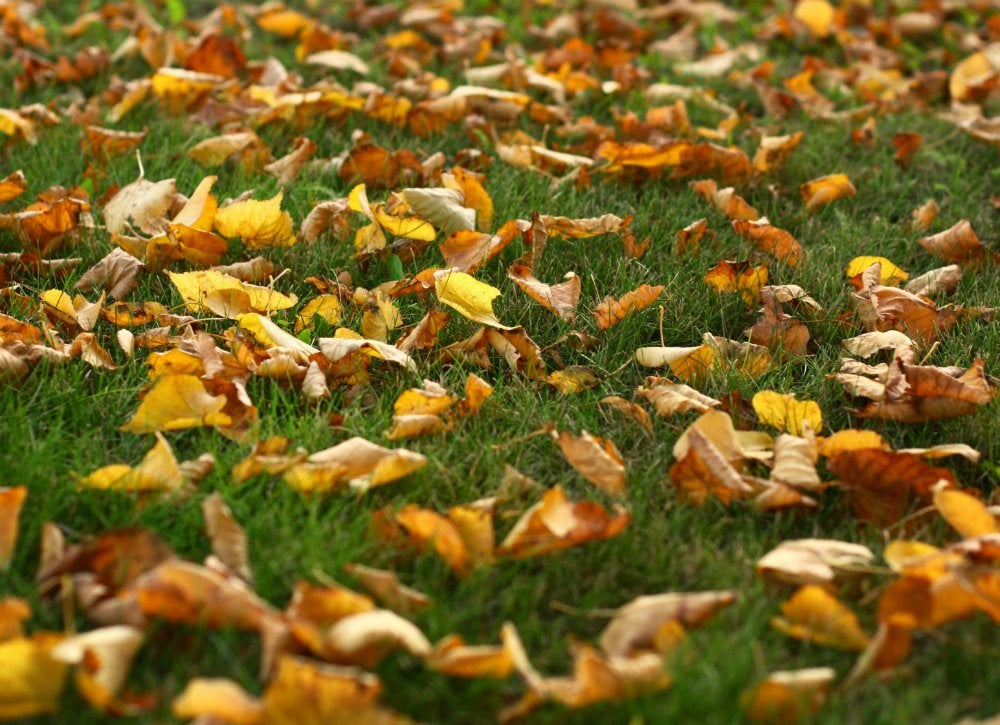
Rather than raking each autumn, mulch the leaves into your lawn instead. Run right over them with the lawn mower several times, until the pieces are the size of a dime or less. They’ll decompose, and enhance the soil beneath your grass with vital nutrients. This might just be the best news ever. You’re welcome.
Rake Your Grass
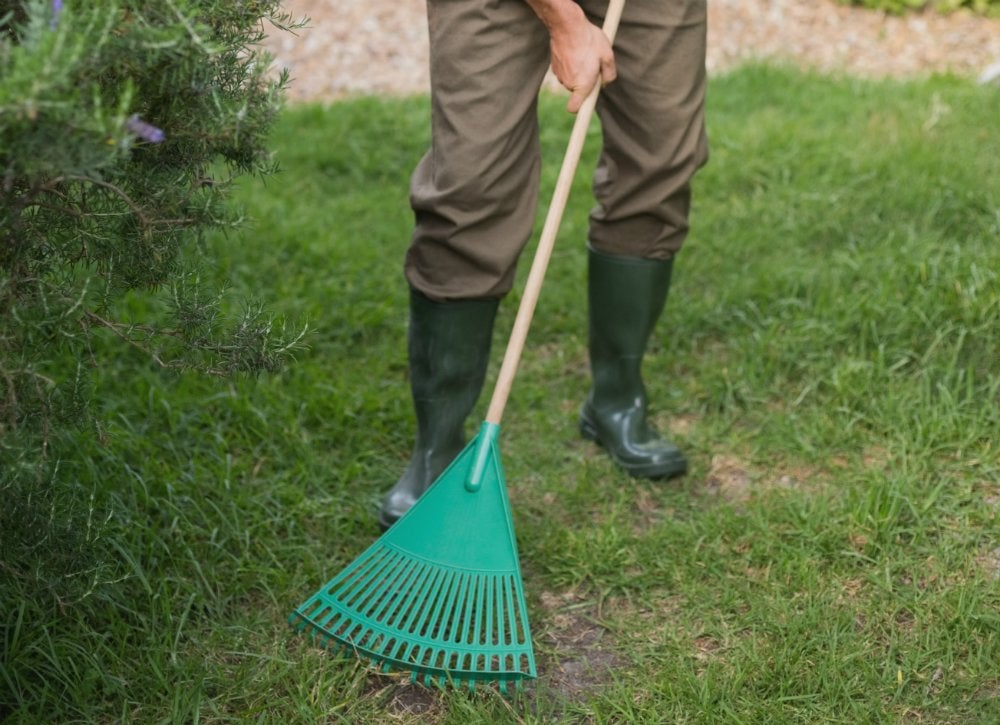
Thatch build-up can inhibit the growth of grass by suffocating the root system, depriving them of much needed air, water, and nutrients. It also provides a habitat for pests like webworms, which no one wants. Help reduce thatch in your yard, by giving it a once over with a leaf rake after mowing, or use a specialized thatch rake (available on Amazon).
Trim, Don't Cut
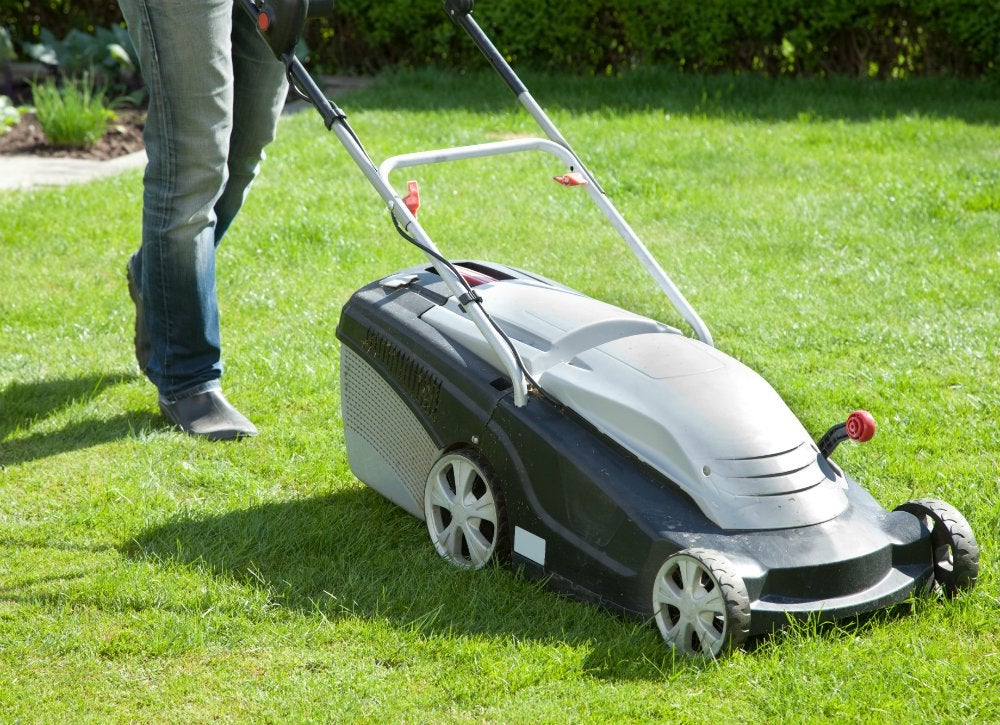
Resist the temptation to give your lawn a crew cut so you can get a few more days between mowings. This is just about the worst thing to do for a lush and green lawn. Not only does a short cut leave grass blades susceptible to the sun’s rays, leaving them fried and lifeless, but cutting too much off the top can actually shock the plant. Instead, set your mower blade at the highest height, and never cut more than 1/3 of the length of the grass blades.
Related: 14 Lawn Mowing Mistakes Everyone Makes (and How to Fix Them)
Keep It Thirsty
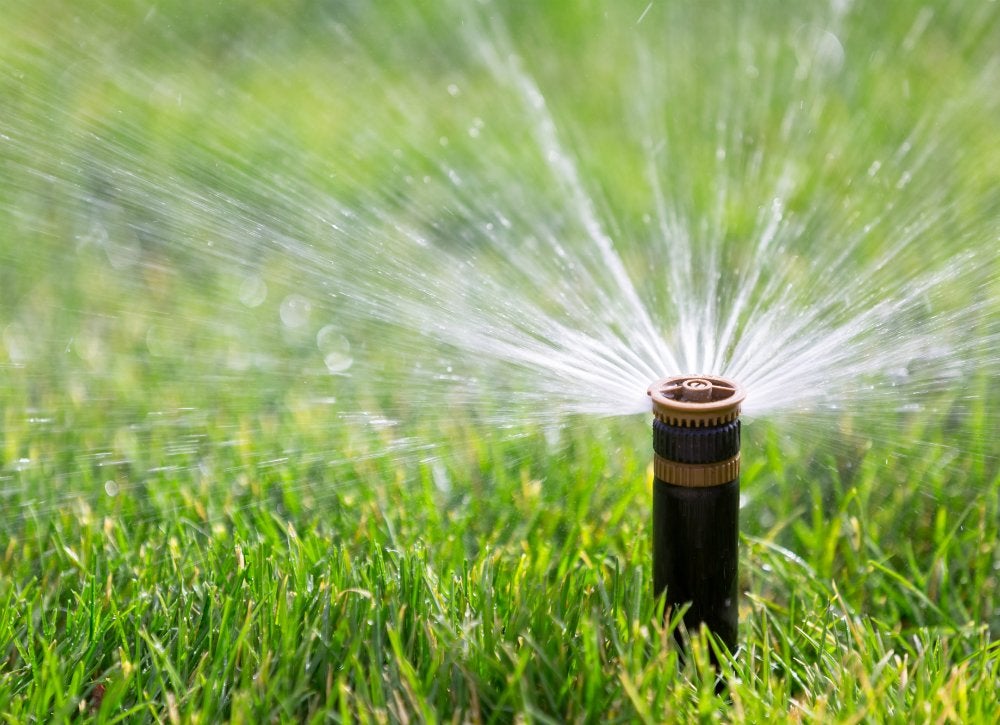
This advice goes against our instincts. We assume that to be green, a lawn needs a lot of water. The opposite is actually true. Watering your grass lightly, but often, will actually weaken it by promoting a shallow root system, making it totally dependent on you. Water infrequently, but deeply (an inch per week) for a lawn with deep roots and happy, green, blades of grass.
Aerate It
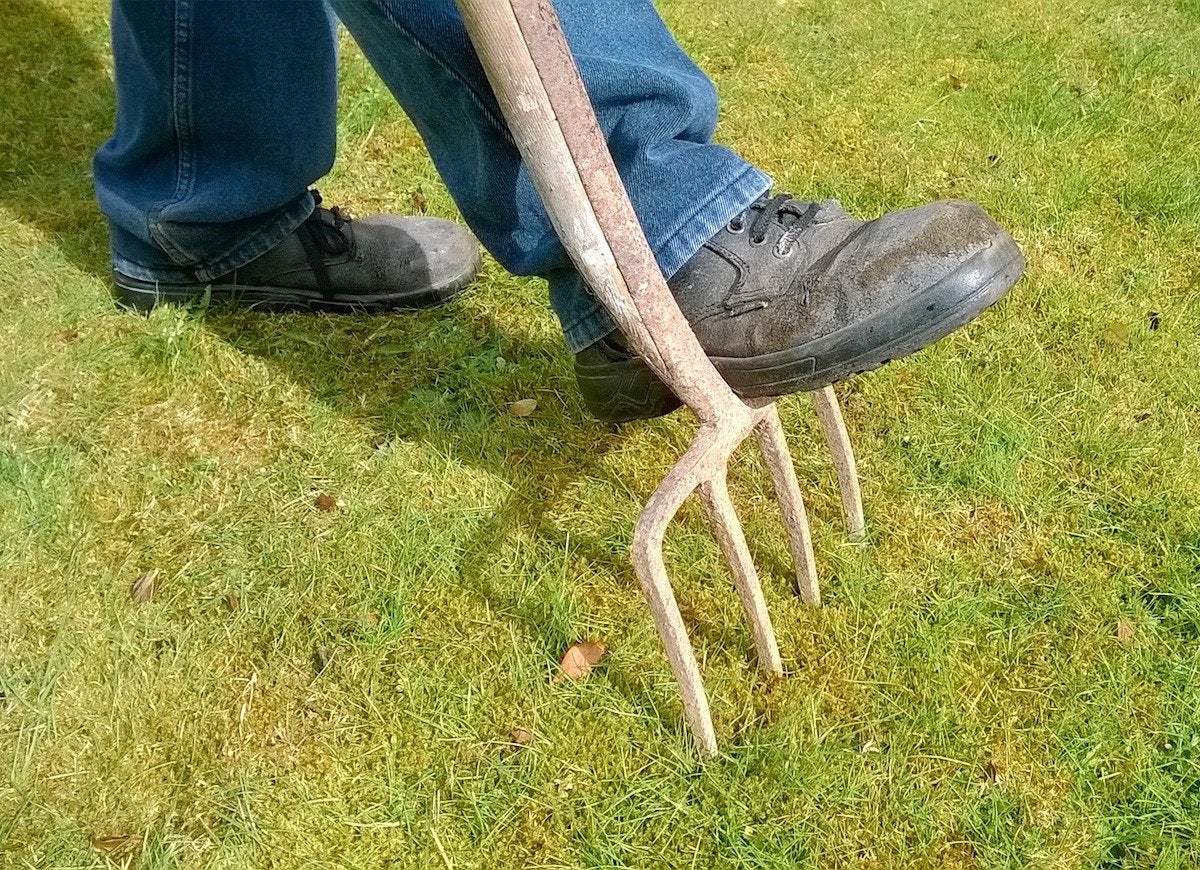
Soil compaction is often the product of heavy foot traffic on your lawn. As a result, air, nutrients, and moisture have difficulty reaching grass roots, causing your lawn to struggle to thrive. To alleviate soil compaction, rent or buy a mechanical aerating machine. It pulls plugs of soil to the surface, enabling water, air, and nutrients to make their way easily to the roots of your lawn. And don’t worry about raking up the plugs. Leave them, and in a couple weeks, rain and foot traffic will break them down, allowing them to be re-absorbed back into the lawn.
Get Rid of Grubs
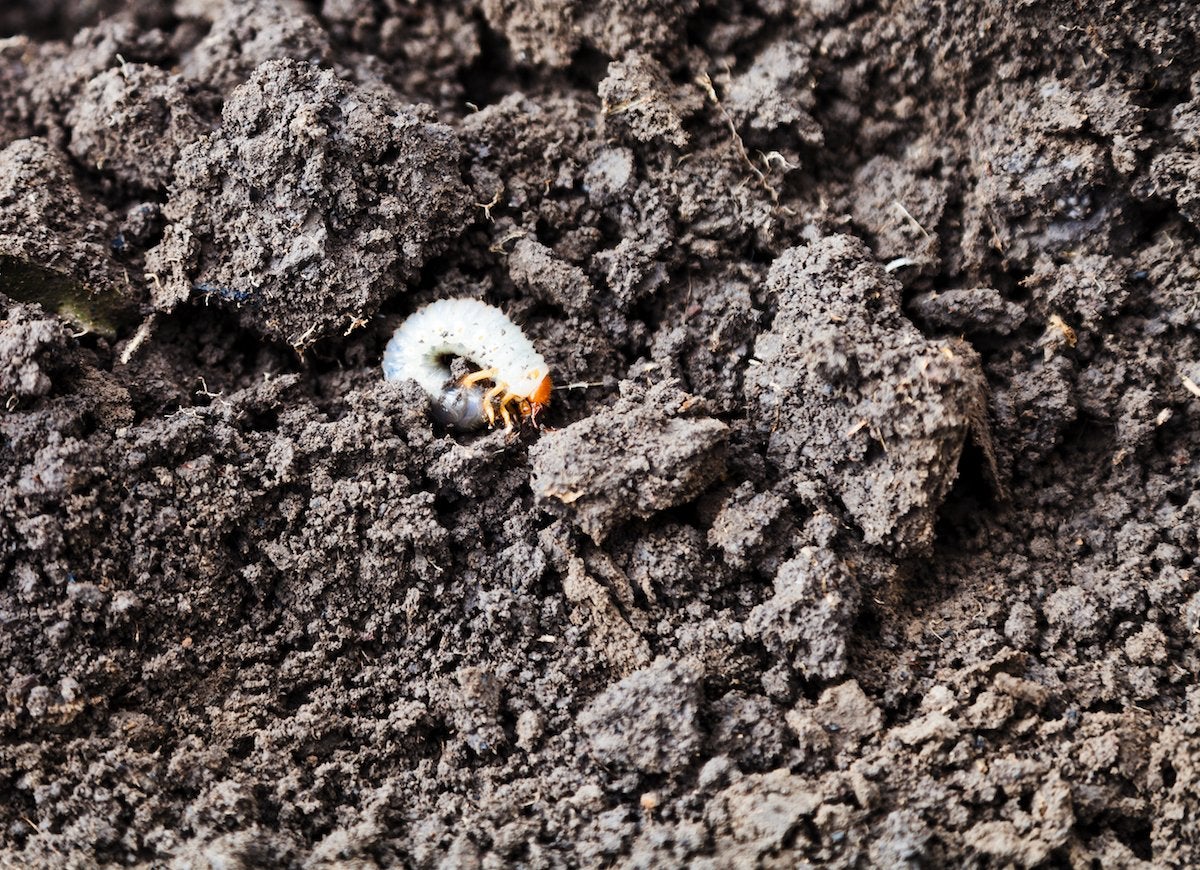
Grubs—the larvae of various beetles—are a fact of lawn care. Most lawns can tolerate a small population but when brown patches appear throughout your yard, you may have a grub infestation that’s causing damage to your lawn’s roots. You can battle grubs in the long term with milky spore, (available on Amazon). It creates a bacterial condition known as “milky disease,” which is harmless to your lawn, but deadly to grubs. You won’t see instant results, but if you apply it year after year, your grub population will dwindle to a manageable level.
Related: 12 Easy and Inexpensive Ways to Upgrade Your Home’s Exterior
Mole Control
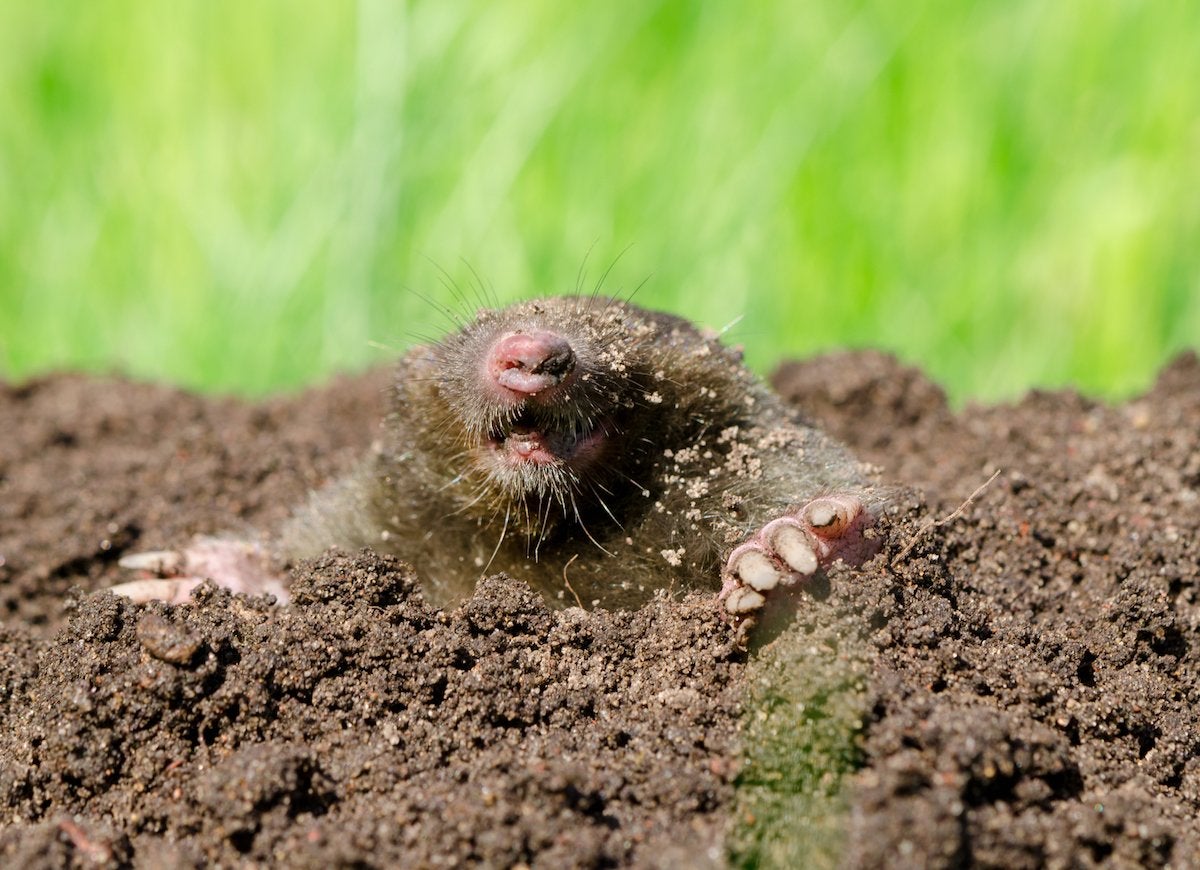
Critters can cause catastrophe in your yard if left unchecked. If you see the tell-tale signs of moles in the form of puffed up mounds and hills in your lawn, you have a problem. Moles feed on grubs and earthworms, and in the process, will wreak havoc on the roots of your grass unless you take action. The only effective way to get rid of moles is to trap them. Then, discourage their return by controlling grubs and cutting back on your watering routine to attract fewer earthworms to your yard.

Everything You Need for a Lush and Healthy Lawn
Keeping your grass green and your plants thriving doesn’t just take a green thumb—it starts with the right tools and supplies.
